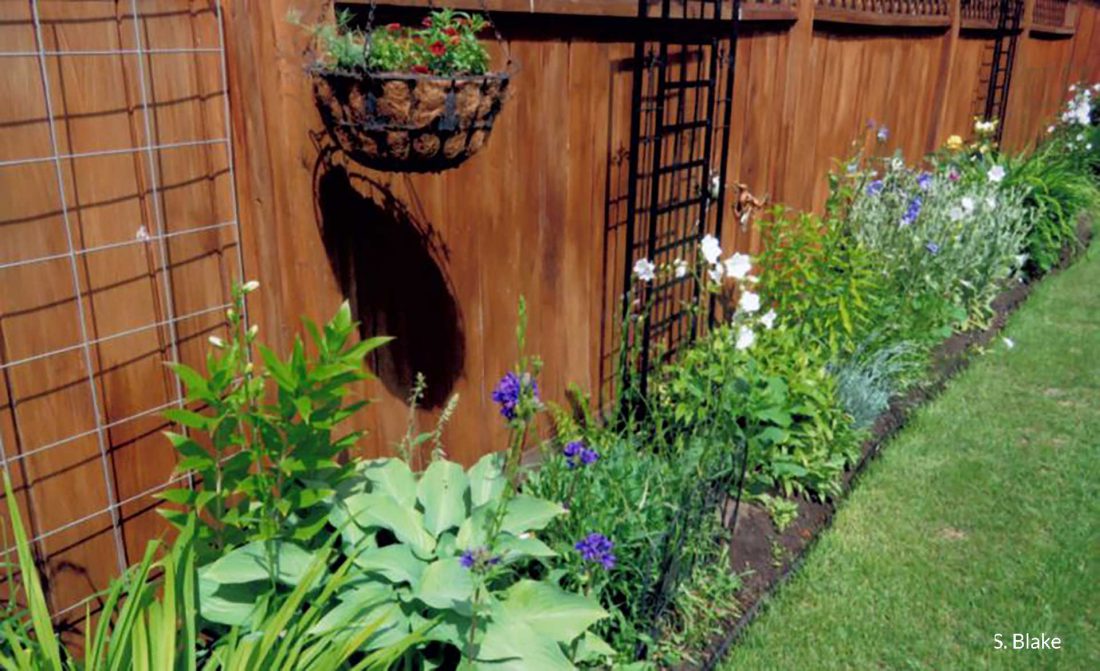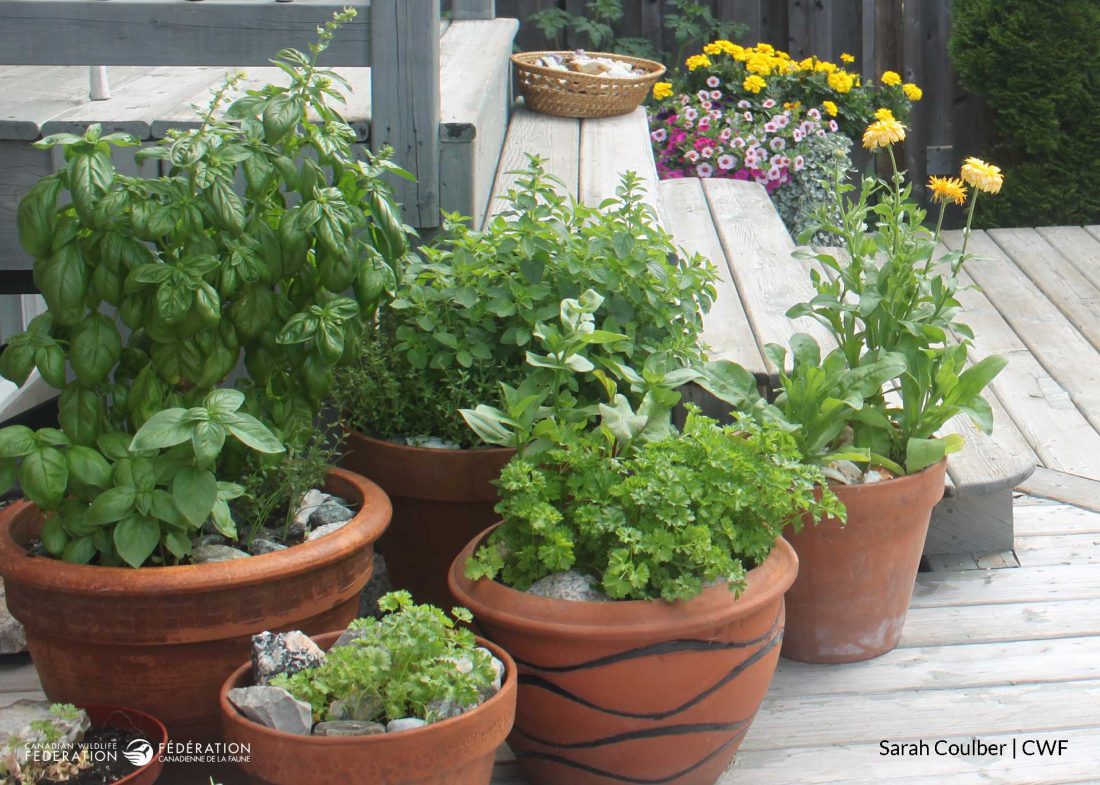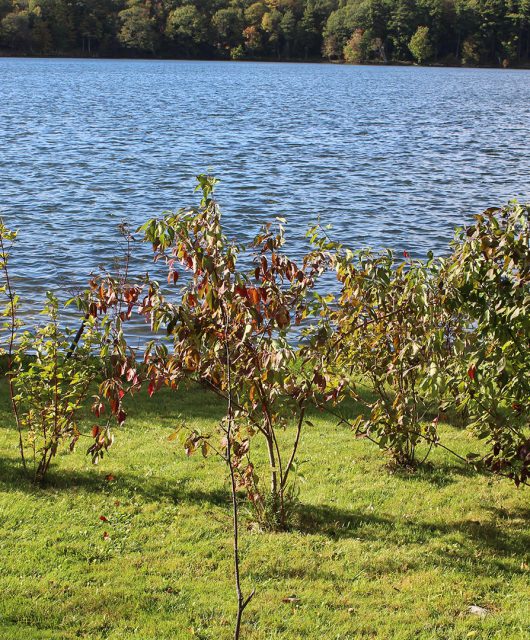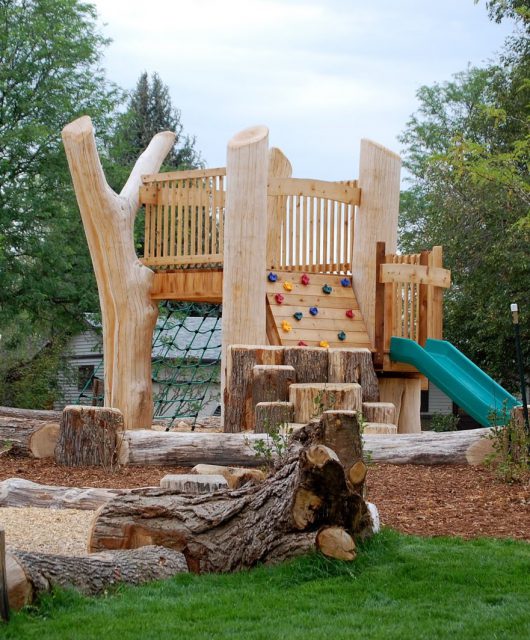Just because your outdoor space is small, it doesn’t mean you can’t bring nature to you and support our wild neighbours.
Here are some ways you can enhance your yard, patio or balcony with wildlife in mind.
Grow up

If you have a fence, consider growing a plant along it. This adds more layers to your space with vegetation that can provide a spot for small birds to nest, insects to hide and flowers for them to pollinate. One option is growing a native vine but their nature is sprawling so you may need to keep it in check by trimming a few times each year. You can also grow annual veggies like runner beans or small cucumbers. You will get veggies for dinner from the bean while their flowers provide food for pollinators. If you do decide to add layers to your fence, you may wish to use a trellis to allow some air flow for your fence and bear most of the weight of the plant. In some cases, it can be better for the plant, too, as it can sprawl around the trellis rather than just having the one side of the fence to grow along. Remember to secure the trellis firmly, if you choose that option. Otherwise, you can use twine or mesh-like supports.
Pots

Growing plants in pots is a must if you have a balcony, patio or small garden that has lots of elements that are tricky to plant around. Keep in mind that the smaller the pot, the more watering the plants will need. And some plants’ roots may need a larger pot so do some checking before you buy. Clay pots, unless coated on the outside, and collapsable fabric-type containers are very porous and will also need more watering than plastic. Gardening this way also means adding natural fertilizer like aged manure or compost when you plant. You can also make a tea out of them by soaking in water for a few hours and then strain and using this liquid to water your plants several times during the growing season.
When it comes to winter, using pots can be a challenge if you plant native perennials. You might want to find a friend who can bury the plant in their garden or else you’ll need to put some insulative material around the pot to help protect the roots. Growing hardy plants, to zones cooler than yours, can also help increase the chances of the plants surviving. There are other plants that you can grow such as annual herbs, leaving some of the plant to flower for pollinators. You can also consider adding beneficial annuals like heirloom zinnias or cosmos that still provide nectar and pollen for pollinators and then seeds for birds like chickadees and finches.
Community Gardens

And if you don’t have much space on your property to garden but you feel the urge to garden on a larger scale, look to see if there is a community garden to join. If not, perhaps you can start one. Or maybe there is a church, municipal office, community college or park nearby that has land that looks like a corner of it could benefit from a habitat garden! Speak to community members to see what’s possible and help inspire them by sharing the many benefits of turning some of their lawn into natural habitat for our local and migratory wild neighbours!





